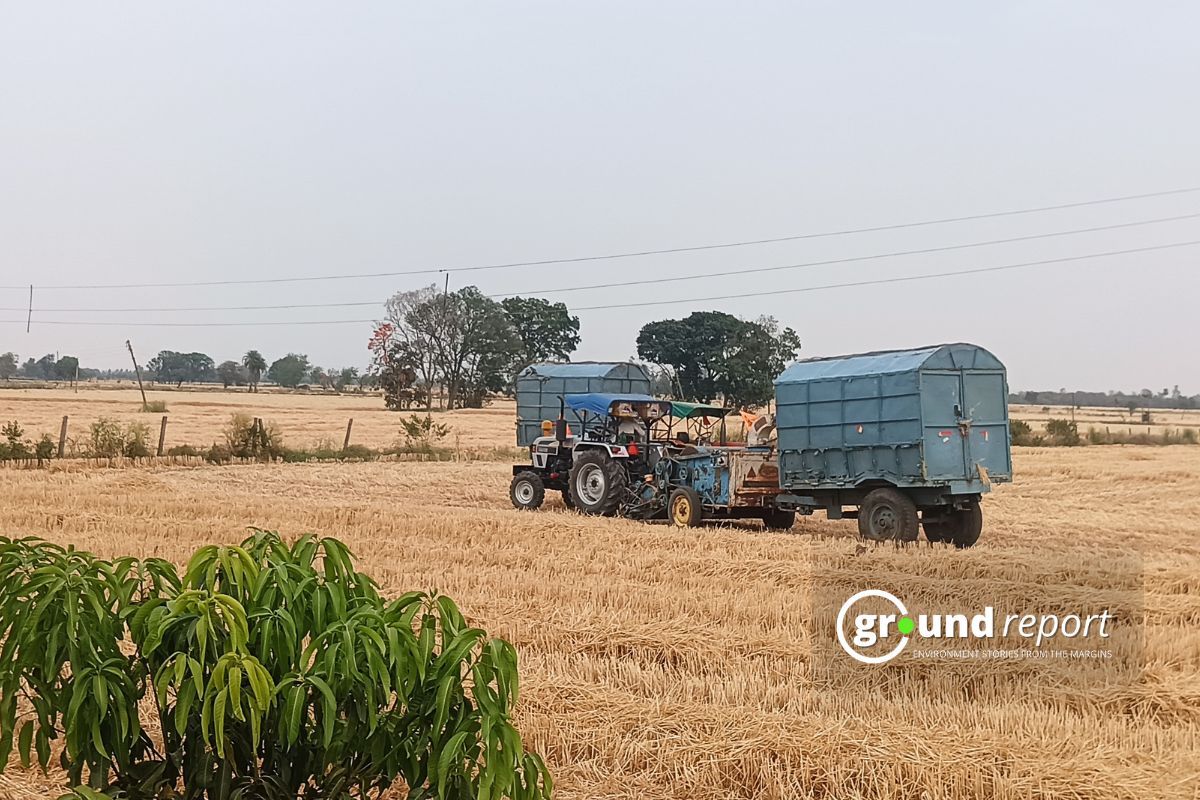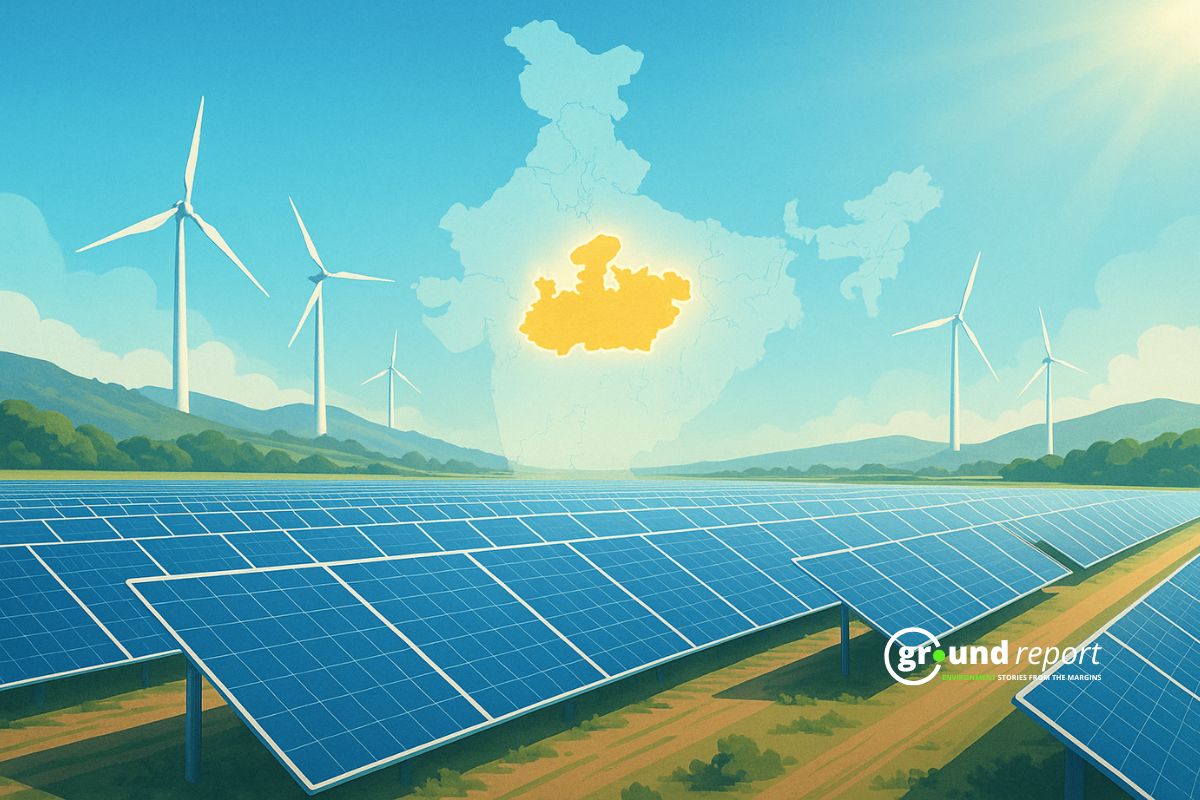Before knowing how a tornado is formed, you have to know exactly what phenomenon we are talking about. Tornadoes are violently rotating column of air that extends from the ground to the base of a cloud that is usually cumuliform.
A tornado can travel several kilometres before disappearing, leaving serious material and even human damage in its wake. Most, -with a width of about 75 meters- reach speeds that range between 65 and 180 km/h, although some can reach speeds of up to 450 km/h -even more- and have a width of 2 kilometres. Its route, without separating from the ground, can range between 80 and 100 kilometres.

What is a tornado
A tornado is one of the most severe and destructive phenomena that occur on the surface of the earth. It is a combination of the strength of the rotating wind that can sometimes reach 500 km/h and the difference in pressure that is generated in very localized areas.
The most familiar way we identify a tornado with the naked eye is the large, dark, rotating cloud, but sometimes that funnel cloud can be invisible and you can detect the phenomenon by a swirl of raised objects or a loud noise similar to a freight train or many trucks approaching together.

How is it formed?
The formation of tornadoes continues to harbour many unknowns for the scientists and meteorologists who study them. However, we know that for them to form, a series of special weather conditions must be met. This is the sequence of events that takes place in the formation of these devastating whirlpools that can transport cars miles away, or destroy your house while leaving your neighbours intact.
- A cold and a hot air current converge horizontally.
- When this meeting occurs, the hot air that should be above the cold air is trapped in a lower plane and causes both currents to flow at different heights in parallel and in opposite directions.
- From there, the current of cold and dry air descends while the other, which is warmer and more humid, rises, producing a current in the form of a rotating tube.
- The speed of this current increases as the process progresses. Warm air rises and cold air sinks, bringing the tornado vortex into a vertical position.

- When this vortex hits the ground, the current speeds up and produces a spinning top.
- The cold air descends around the flanks of the top, and the flow of hot air that is trapped under the first, finds a way to ascend in the vortex. And so it rises vertically with more force and with a greater load.
- Once the tornado forms, it has reached height and power, and an aspiration effect is produced, which is what enables the absorption capacity of houses and dwellings along its path.
Differences between tornado and hurricane
Training
It is easy to confuse the two phenomena, as is often the case between the anticyclone and the storm. The main difference is that how a tornado and a hurricane form have little to do with it. A hurricane is a storm system that is characterized by circulating in a closed way around a centre of low pressure. Therefore, it is a storm that moves in circles on itself with a centre of low pressure, producing strong winds and abundant precipitation.

Place
They also differ in where they form. The hurricane always does it in the oceans and needs the surface temperature to be higher than 27ºC. Instead, the tornado usually originates on land, although occasionally and quite unusual, it can also do so in oceans or seas.
Size
The third difference is in size. The hurricane can reach a diameter that ranges from 500 to 1,800 kilometres. By moving in a circular way, it is not perceived as moving and the sensation is that of a more violent storm than usual. The tornado, however, has a much smaller diameter and the perception that it is in motion is much greater.

Duration
Fourth, there are also differences between the tornado and the hurricane in their duration. A hurricane can show its effects between days and weeks, while when a tornado forms, the duration is much shorter, and can vary from minutes to hours.
Speed
Finally, speed also makes a difference between the two. The tornado can reach a speed of over 450km/h. The hurricane, however, ranges between 120 and 240km/h. In both cases, its effects can be devastating.
Also Read
- Sarbal Village: A hamlet in Kashmir waiting for development
- Farmers in MP face crop failure every year due to climate change
- Climate Change: Kishanganga Dam causes water concerns
Follow Ground Report for Climate Change and Under-Reported issues in India. Connect with us on Facebook, Twitter, Koo App, Instagram, Whatsapp and YouTube. Write us on GReport2018@gmail.com









